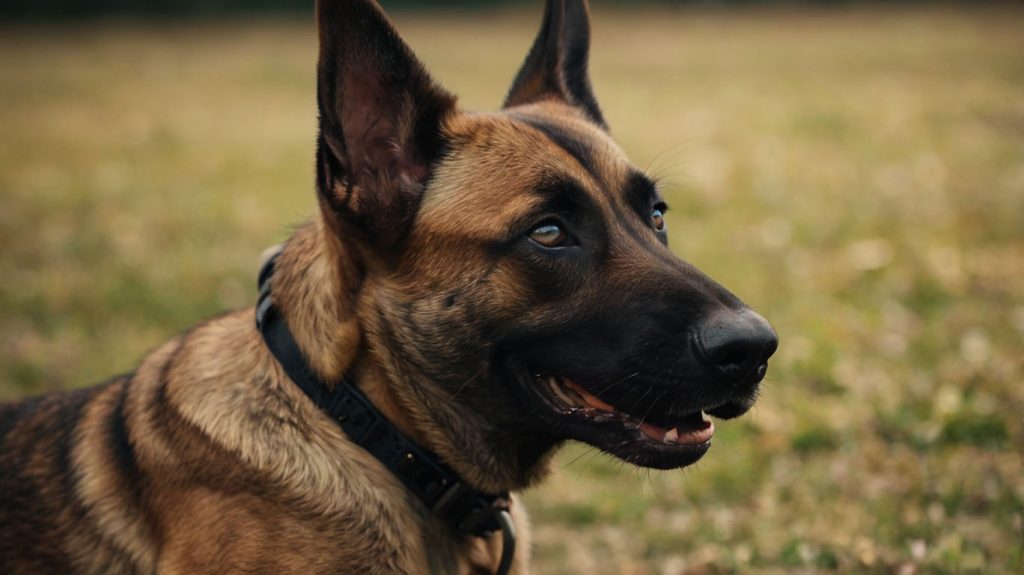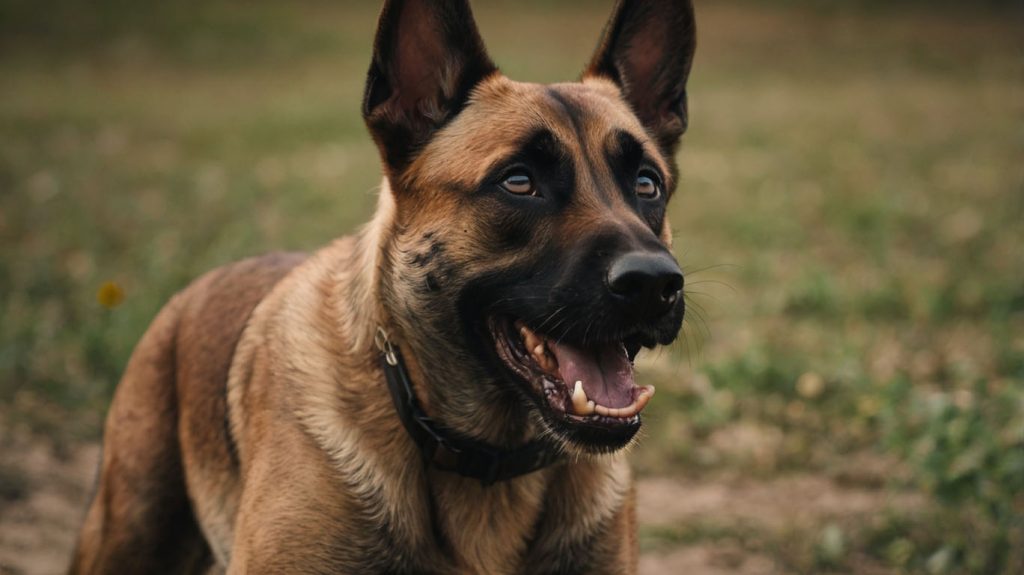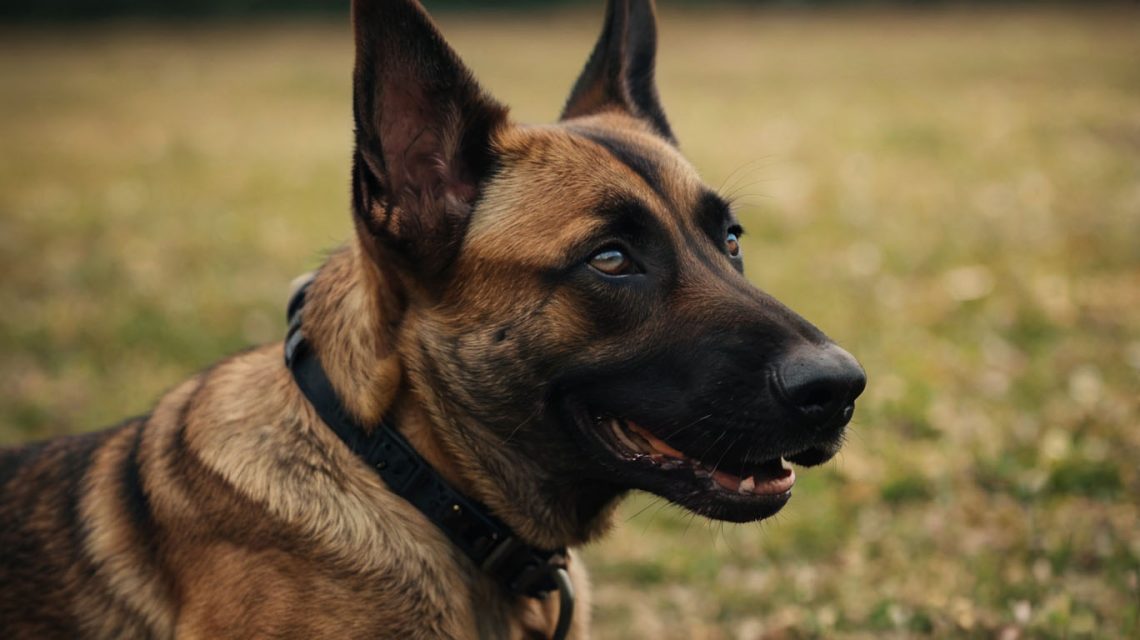Belgian Malinois are stunningly athletic, loyal, and highly intelligent—but with great power comes great responsibility. That’s where effective malinois training steps in. Without the right strategy, this breed’s energy can spiral into chaos.
Imagine a dog that’s not just strong, but smart—sometimes too smart. Malinois were bred for herding and protection. Today, they serve as police K9s, military dogs, and loyal family protectors. So clearly, they’re capable of greatness. However, they need structure, purpose, and boundaries to thrive.
Here’s your ultimate guide to unlocking the full potential of your Malinois with expert training tips, backed by real examples and tested strategies
Why Malinois Training Is Essential from Day One
Starting early with malinois training isn’t optional—it’s vital. These dogs learn quickly, which is both a blessing and a curse. That means good habits stick fast—but so do bad ones.
Without early structure:
- Destructive behavior can emerge
- Aggression or guarding tendencies may develop
- Excessive energy leads to frustration
But with the right training? You’ll have a confident, obedient dog who channels their energy into positive outlets.
Story Insight:
Take the case of Rex, a 4-month-old Malinois rescued from a shelter. He chewed through drywall, barked excessively, and couldn’t sit still. Within 60 days of consistent, structured training, Rex learned commands, walked calmly on a leash, and became a loving family protector. His transformation proves that with effort and time, results come.

Core Pillars of Malinois Training
For success, build your malinois training plan around three foundational principles:
Consistency
Dogs learn through repetition. Therefore, commands, boundaries, and routines must stay the same each day. If you allow your Malinois to jump on the couch one day and scold them the next, confusion will undermine your progress.
Mental Stimulation
Because Malinois are thinkers, boredom is your enemy. Engage them with puzzles, scent games, and task-based exercises.
Physical Exercise
This breed needs 1.5 to 2 hours of activity per day. Training alone won’t tire them out—you need to combine obedience work with play, agility, and jobs.
Malinois Training at Different Life Stages
Training doesn’t stop when your dog learns to “sit.” Instead, it evolves with age.
Puppy Training for Malinois
Start with basics like:
- Name recognition
- Sit, stay, down
- Leash walking
- Crate training
Tip: Use short 5-10 minute sessions and lots of praise. Puppies have short attention spans, so frequent, fun sessions work best.
Adolescent Malinois Training
During adolescence (6–18 months), they test limits. At this stage, reinforce earlier lessons and add more complex commands like:
- “Place” (go to a mat)
- “Heel” (walk calmly beside you)
- Recall in high-distraction environments
Adult Malinois Training
Adult dogs benefit from continuous learning. Add:
- Agility courses
- Advanced obedience
- Scent work
- Guard/protection work (only with professional guidance)

Malinois Training for Common Behavioral Problems
Fixing Leash Reactivity in Malinois
Leash pulling or lunging? You’re not alone. Malinois have strong prey drives.
Solution:
Use redirection training. As soon as your dog locks eyes on a distraction, redirect with a “look at me” cue followed by a reward.
Curbing Excessive Barking
Excess barking often signals boredom or frustration.
Solution:
Add more physical and mental enrichment. Use a “quiet” command followed by a treat only when silence follows.
Managing Aggression or Guarding Behavior
Malinois are natural protectors. However, without boundaries, this can become dangerous.
Solution:
Enroll in structured classes, work with a behaviorist, and never reinforce guarding (e.g., by praising when they bark at guests).
Step-by-Step Daily Malinois Training Routine
Creating a schedule helps solidify lessons.
| Time | Activity | Focus |
|---|---|---|
| Morning | 30-min walk + basic commands | Burn energy & reinforce cues |
| Afternoon | Mental puzzle or nose work | Stimulate their mind |
| Evening | Obedience + structured play | Reinforce training & bond |
Use transition words like “first,” “then,” and “next” in your cues to help your dog anticipate what comes next.
Training Tools for Malinois: What Works Best
Not every tool fits every dog, but these essentials work well with Malinois:
- Treat pouch – fast access to rewards
- Clicker – for precision marking
- Long line – for recall practice
- Crate – for structured downtime
Avoid prong collars or shock tools unless supervised by a certified trainer. These can backfire with high-drive dogs like Malinois.
Malinois Training Techniques You Should Avoid
Despite good intentions, some methods do more harm than good.
Avoid Harsh Punishment
Yelling or physical correction only increases anxiety and reactivity. Instead, redirect, distract, and positively reinforce desired behavior.
Skipping Socialization
Malinois need exposure to people, animals, and environments. If missed during puppyhood, fear or aggression can follow.
Case Study: How Professional Malinois Training Changed Everything
Meet Bella, a 2-year-old Belgian Malinois with leash aggression and indoor anxiety. Her owner enrolled her in a professional obedience program that focused on:
- Daily structure
- Positive reinforcement
- Controlled exposure to triggers
Within six weeks, Bella stopped lunging at strangers, ignored squirrels, and relaxed during car rides. Structured training made the difference.
FAQs About Malinois Training
Is Malinois training harder than other breeds?
Yes and no. They’re smart and quick learners but require more energy and structure than most breeds.
How often should I train my Malinois?
Daily. Even 10-15 minutes of focused work will lead to improvements.
Can I train my Malinois myself?
Absolutely—but consider group classes or hiring a professional if you’re struggling.
At what age should I start Malinois training?
As early as 8 weeks. The earlier, the better.
Do Malinois need a job?
Yes. Whether it’s agility, nose work, or structured games, they thrive with a purpose.
Are Malinois good family pets with the right training?
Yes—if you commit to training and exercise. Otherwise, they may overwhelm first-time dog owners.
Conclusion: Malinois Training Is a Long-Term Investment in Loyalty
Your Belgian Malinois isn’t just a pet—they’re a powerhouse of loyalty, energy, and intelligence. With the right training, they become not just manageable, but magnificent.
Training takes time, but every session brings you closer to a deep, respectful bond. Start small. Be consistent. Keep it fun. And most of all—never give up.


